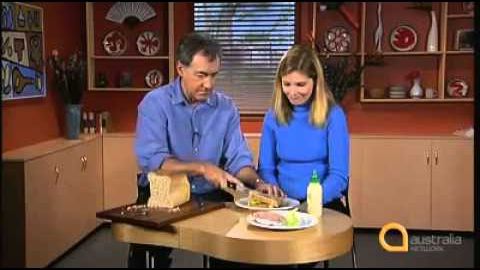
Subtitles & vocabulary
Living English - Episode 14 - Are there some kangaroos
00
baymax posted on 2016/01/18Save
Video vocabulary
sound
US /saʊnd/
・
UK /saʊnd/
- Adjective
- Sensible, dependable and reliable
- Unbroken or undisturbed, as of sleep
- Noun (Countable/Uncountable)
- Unique quality that characterizes a style of music
- Waves traveling in air or water that can be heard
A1TOEIC
More hold
US /hold/
・
UK /həʊld/
- Transitive Verb
- To agree to keep something for someone
- To have the capacity to support/contain something
- Countable Noun
- Section of a ship or plane used for storing things
- Place of support for hands or feet when climbing
A1
More Use Energy
Unlock All Vocabulary
Unlock pronunciation, explanations, and filters
